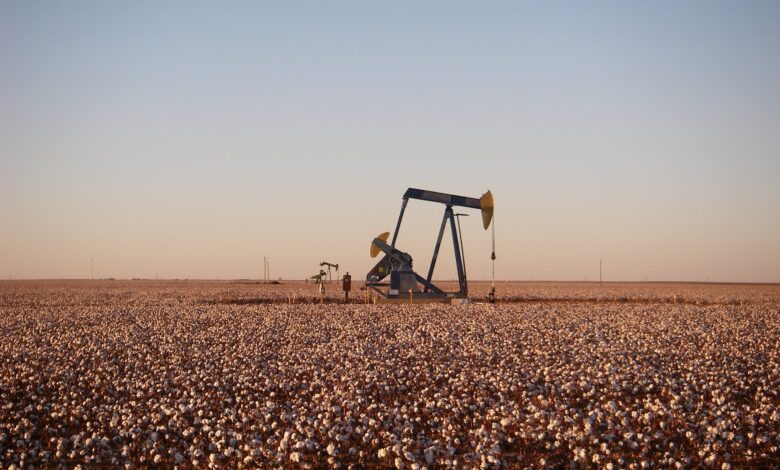Ecopetrol, OXY extend development plan in Permian Basin

Ecopetrol and Occidental Petroleum Corp will extend the development plan of Rodeo Midland Basin, located in the Texas Permian Basin, under the joint-venture established in July 2019.
The agreement includes a drilling plan for 34 wells between April 2025 and June 2026, in addition to those being executed under the current development plan for the first months of 2025.
Ecopetrol’s 2025 plan for Midland and Delaware sub-basins will include the drilling of approximately 91 development wells, with an estimated investment of $885 million and an average annual production of approximately 90,000 boed.




